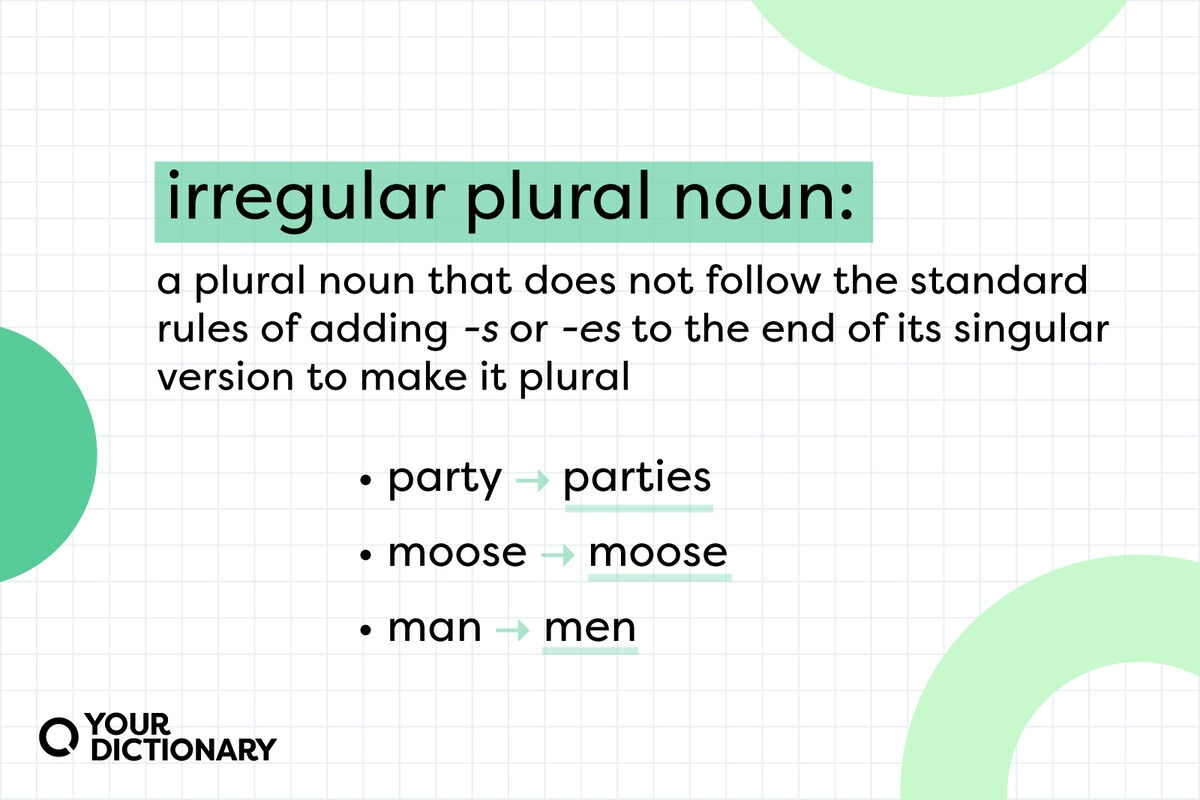Plural nouns are an essential part of the English language. They are used to refer to more than one person, place, thing, or idea. Understanding how to form and use plural nouns correctly is crucial for effective communication in both spoken and written language.
Without plural nouns, sentences would sound awkward and confusing. Imagine trying to talk about a group of friends or a collection of books without the ability to indicate that there is more than one. Plural nouns help us convey our thoughts and ideas clearly and accurately.
Definition of Plural Nouns
Plural nouns are words that indicate more than one person, place, thing, or idea. They are typically formed by adding an “s” or “es” to the end of a singular noun. For example, “cat” becomes “cats” and “box” becomes “boxes” when made plural.
There are some irregular plural nouns that do not follow this rule, such as “child” becoming “children” and “sheep” remaining the same in both singular and plural form. It is important to learn these irregularities to use plural nouns correctly.
Plural nouns are used in various contexts, including everyday conversations, writing, and formal documents. They help us avoid ambiguity and clearly express the quantity or number of things we are referring to. Using plural nouns correctly shows that we have a good grasp of grammar and language conventions.
When writing or speaking, it is essential to pay attention to plural nouns to ensure that our message is clear and understood. Mixing up singular and plural forms can lead to confusion and miscommunication. Practice forming and using plural nouns regularly to improve your language skills.
In conclusion, plural nouns play a crucial role in the English language by indicating the presence of more than one person, place, thing, or idea. Understanding how to form and use plural nouns correctly is essential for effective communication. By mastering plural nouns, you can enhance your language skills and communicate more clearly with others.
